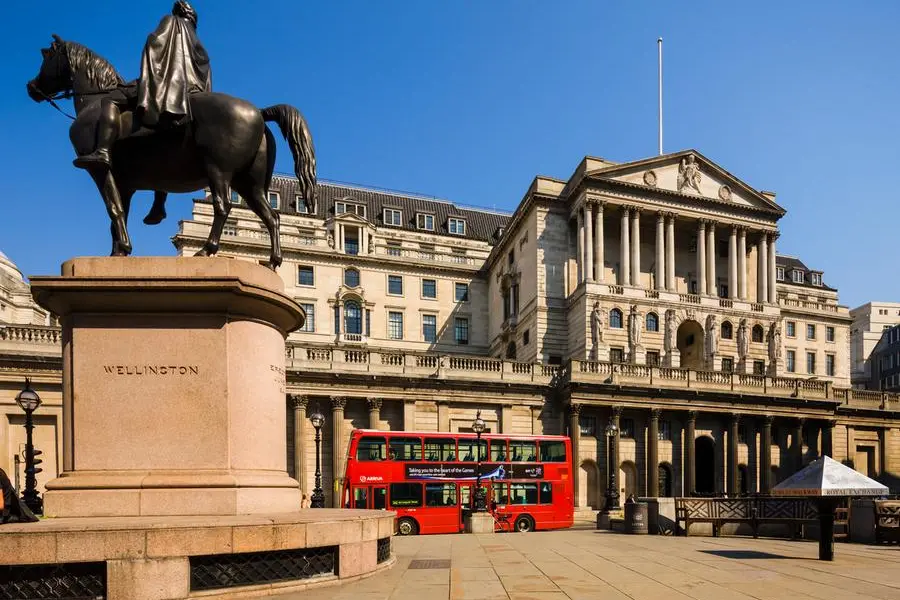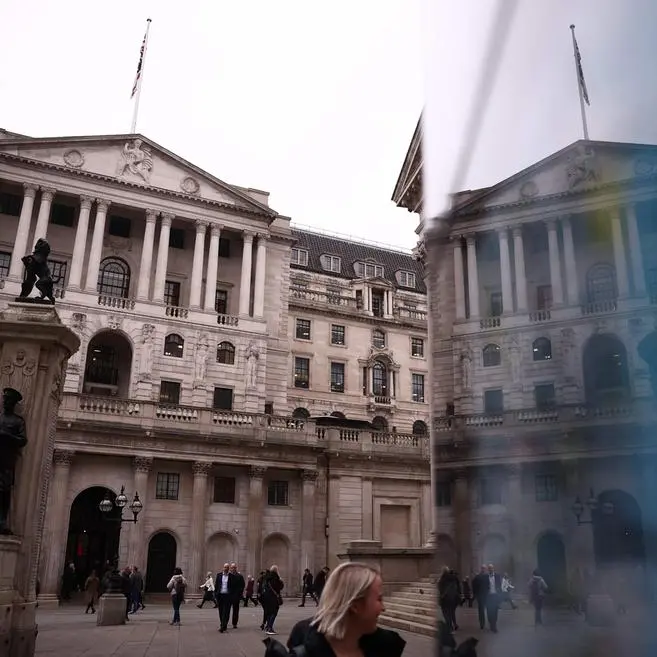PHOTO
Extremely high house prices in the United Kingdom largely reflect the extraordinarily low interest rates of recent years. As the Bank of England tightens monetary policy to curtail inflation, rising mortgage costs are bringing misery to millions of borrowers, threatening an economic and housing bust. Fortunately, there’s a relatively simple way to alleviate this problem that wouldn’t cost taxpayers a penny.
The relationship between property prices and interest rates is well established. The great American economist Irving Fisher, writing in 1930, described how interest rates impact valuations: “The price of a house is the discounted value of its future income,” he wrote. “In the process of discounting there lurks a rate of interest. The value of houses will rise or fall as the rate of interest falls or rises.”
In Britain, low interest rates produced soaring property prices. In England, the ratio of house prices to household income more than doubled between 2000 and 2021, according to the Office for National Statistics. The amount of mortgage debt rose even more sharply. UK housing analyst Neal Hudson estimates that the average mortgage loan rose from 1.5 times income in the early 1980s to 3.4 times in 2021.
Falling interest rates meant that initial mortgage payments as a share of disposable income marginally declined. But homeowners were vulnerable to increased borrowing costs. Stubbornly high inflation forced the Bank of England to hike official rates to 5% last month. The five-year mortgage rate is now above 6%. The Institute for Fiscal Studies warns that 1.4 million households will lose a fifth of their disposable income as mortgage costs rise.
The government is in a quandary about how to deal with the mortgage crisis. Senior minister Michael Gove has suggested introducing 25-year fixed-rate mortgages, as in the United States. The UK, however, lacks the deep capital markets to implement that proposal. Leading UK banks will allow borrowers to extend the length of their mortgages, or go interest-free, for six months without damaging their credit scores. This is a step in the right direction but doesn’t go far enough.
A better approach, proposed by Patrick Macaskie, a former hedge fund banks analyst, would be to stabilise mortgage costs for households by varying the rate of repayment as interest rates rise and fall. This would require lenders to fix total monthly payments – of both interest and principal – relative to the outstanding mortgage balance. Thus, when interest rates decline borrowers repay more of their loans, shortening the term of the mortgage. Conversely, as interest rates rise the mortgage automatically lengthens.
Such an adjustable-term mortgage would soften the blow to households from unexpected monetary tightening. In normal conditions Macaskie recommends total monthly repayments should be fixed at 6% of the balance outstanding. But for those who have recently borrowed heavily against inflated house prices the starting point could be lower, say 4.5% of the balance.
When interest rates rise sharply, as is happening now, repayments might be less than the monthly interest bill. The amount of mortgage debt outstanding would then increase as unpaid interest is added to the principal – a situation known as “negative amortisation”.
But that situation would only occur when both interest rates and inflation are high. Inflation rapidly reduces the real value of outstanding debt. Rising prices also tend to drag up nominal incomes. In the United Kingdom, inflation is already lowering the ratio of household debt to income.
Periods of negative amortisation should therefore be self-correcting. Furthermore, the widespread adoption of adjustable-term mortgages would improve financial stability. Since borrowers always hand over a proportion of their income, mortgage payments wouldn’t shrink when interest rates decline. Periods of easy money would therefore be less likely to lead to housing bubbles.
In Canada, which like the UK had a frothy housing market and mortgages priced off short-term interest rates, banks have found a way to soften the impact of tighter money. At the end of the first quarter, the Canadian Imperial Bank of Commerce had some C$52 billion worth of adjustable-term mortgages on its books. For many of those borrowers, monthly mortgage payments currently don’t even cover the interest portion of their loans. CIBC boss Victor Dodig boasts that this mortgage product is already helping households cope with spiking borrowing costs.
It’s time for Britain to take a leaf out of Canada’s mortgage book. — Reuters
Edward Chancellor is a financial historian, journalist and investment strategist and is the author of “The Price of Time: The Real Story of Interest”.
2022 © All right reserved for Oman Establishment for Press, Publication and Advertising (OEPPA) Provided by SyndiGate Media Inc. (Syndigate.info).























